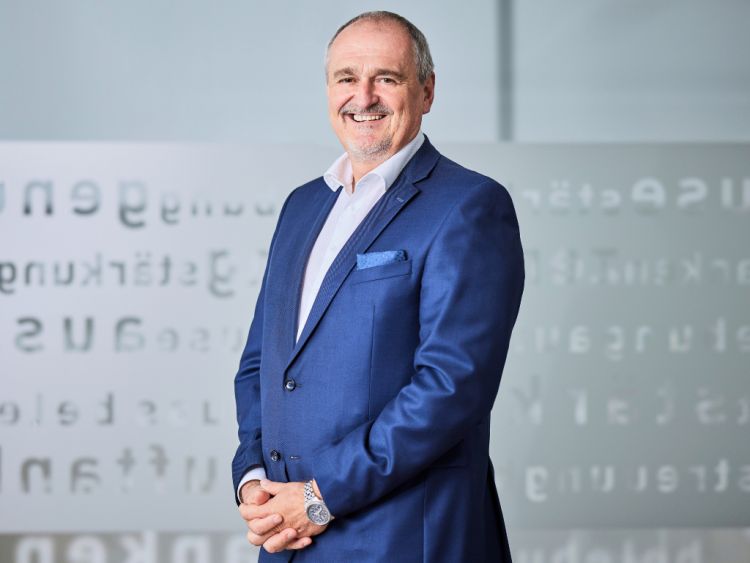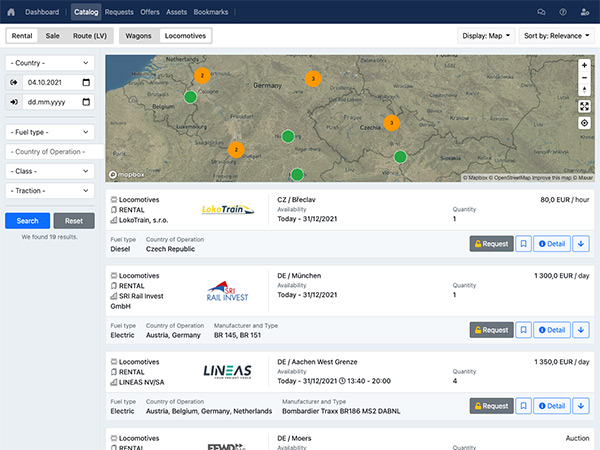In the rail freight wagon rentals, there are good times for the lessors. How do you evaluate the current situation in Europe from GATX’s point of view?
Compared to other business sectors, the railway leasing market is relatively stable, especially in terms of tank railcars. However, we’re seeing that the intermodal transport segment is currently facing several challenges – overall 10% less transport volume, resulting from overall a more cautious buying behaviour, inflation and political decisions that are not favourable for rail transportation.
In terms of our railcar leasing business, we provide a modern, young fleet alongside excellent service. This also includes a state-of-the-art telematics and sensor portfolio for all types of wagons. The demand for digitalization, tracking and tracing is growing and we are ready to deliver on that.
Beyond that, we believe it is our job to monitor and anticipate railcar demand – which is why we watch trends, seasonality, and market shifts closely and are ready to expand and innovate to have the right railcars ready at the right time.
What types of wagons are currently in high demand, and what has decreased and is sitting more idle currently?
We continue to see a high demand for new mineral oil railcars, both light and dark, and gas railcars. In the freight segment, grain railcars are currently in high demand. Intermodal railcars of all types are currently less in demand and available, as are wagon types from affected sectors such as steel coil railcars.
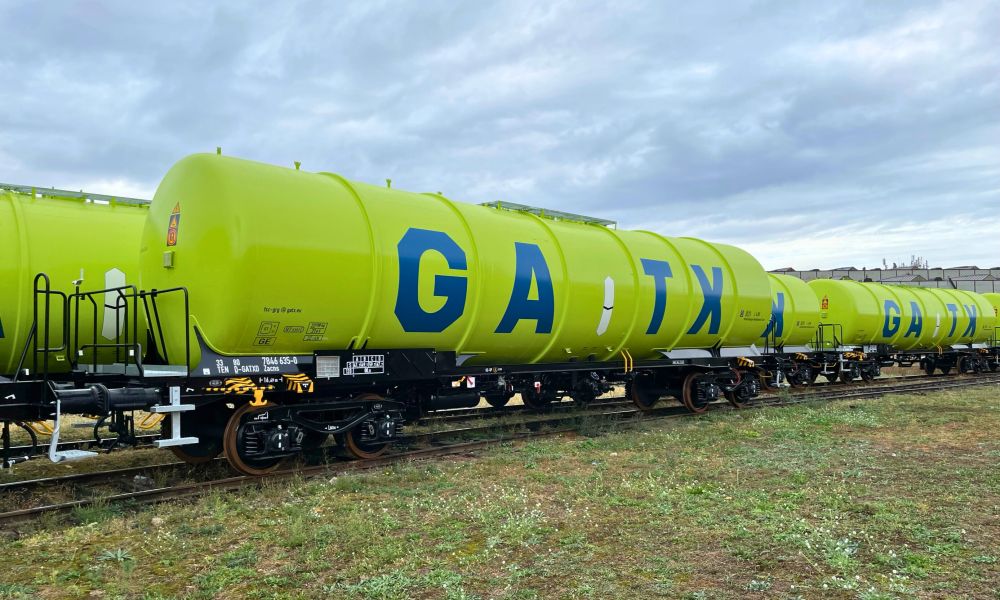
Railways urgently need innovative applications, but it all seems to take time. You have recently announced new telematics sensors to be installed on your entire fleet by the end of 2023. What is the next step?
Telematics and sensors are indeed some of the innovative devices and platforms we have managed to successfully roll out across our fleet. Providing the service alongside the devices for all the different requirements our customers have is where our focus is right now. Depending on our customer's use cases, we can select from a broad menu of sensors – from temperature, and humidity to loading status and hitch status – that can be seamlessly integrated into our customer’s existing telematics platform via interfaces.
Beyond that, we keep up the high quality of our fleet – safety is our top priority. And quality assurance is key to us. In the classical sense, this may not be a railway application, but we’ve taken major steps in digitalizing maintenance processes.
We are also one of the driving forces behind RSRD2 and we actively promote the use of the digital WDRflyer – so there are many useful apps out there that are just not yet widely used or known.
As we’re operating in the green transport sector, we are also going in the direction of evaluating ourselves, our fleet and our company to see if we do everything in our power to reduce our footprint and increase the longevity of our railcars while employing environmentally sound practices.
Our next step is always to keep thinking of new ways to make railcar leasing easier for our customers and potential customers.
How about DAC? Are you preparing for a massive deployment of this tech to your fleet?
We fully support the DAC initiative; we have been heavily involved in all leading European projects since the beginning and are convinced that it will become a reality soon. Deployment can only begin when the involved manufacturers have jumped over all hurdles that are left and a common migration plan has been established.
What is the freight wagon of the future from your point of view? If not a specific type of wagon, then what attributes should a state-of-the-art freight wagon of the future have?
We continue to believe in intermodal transport with all its facets, i.e. 40,60,80,90 feet railcars and pocket wagons. Intermodal transport will be a key driver for rail transportation, especially when the playing field between road and rail is levelled. The topic of containerization of goods and flexibility will continue to increase and drive intermodal transport further. The Green Deal will also open new opportunities such as the transportation of CO2 or hydrogen in railcars – for which we are currently already finding optimized transport solutions.
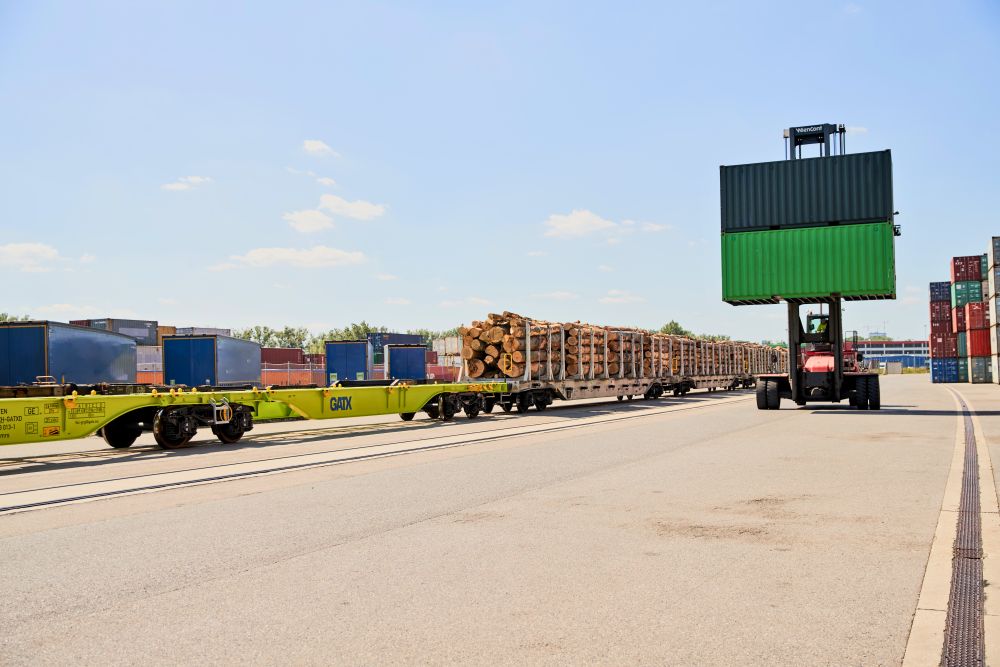
How about maintenance, workshops and workforce availability? How do you tackle these challenges?
Maintenance has traditionally been a bottleneck in the railcar leasing business, but we’re getting ahead of it now with our new maintenance strategy and digitalized workshops. We’ve established a solid workshop partner program and have our own workshop for new-built limited edition tank cars and thus also the capacity to assemble and repair railcars in our own workshop if need be.
The retirement wave that has hit the railway sector is also apparent to us at GATX. We have new hiring strategies in place and are very invested in providing a good knowledge transfer from our senior experts to our youngsters. Getting all generations to feel passionate about rail –is a challenge for which we unite with industry partners to promote attractiveness by showcasing how sustainable, high-tech and powerful railways really are.
And what are the biggest challenges overall for your business growth?
Our main driver of Business growth comes from expanding our fleet. We add 1,500+ railcars to our fleet per year. Beyond that, we also buy existing railcars when the opportunity presents itself and the railcars are well maintained and fit into our wagon-type mix. So a growth challenge is always related to the overall railcar production capacities of manufacturers and ultimately the freight railcar sector overall. We’re not experiencing a challenge here, our manufacturer relationships are stable and we aim to grow sustainably.
What, from your point of view, would be the biggest step that would enable rail share growth in the overall transportation in inland Europe?
The current challenge lies in the rising cost of rail transport compared to road transport. Railway companies are grappling with soaring energy expenses, deteriorating infrastructure conditions, and increased fees, such as DB Netz cancellation fees in Germany and similar issues in Denmark. Another concern is the language barrier in international transport, where train drivers are required to speak the respective national language instead of a universal language like English in air traffic. In addition, the poor rail infrastructure and the resulting maintenance and expansion work pose a major problem for the development of rail freight transport. This work is important for the future, but it is all the more important that the national IMs coordinate these measures very well in the interests of all.
To address this, stakeholders, politicians, and businesses must recognize that rail transport is a key avenue for meeting Europe's climate targets. This sector deserves adequate support during its transformation. Achieving sustainable transportation entails a long-term commitment to shifting significant volumes to rail. Instead of pitting transportation modes against each other, industry players must collaborate to ensure success.
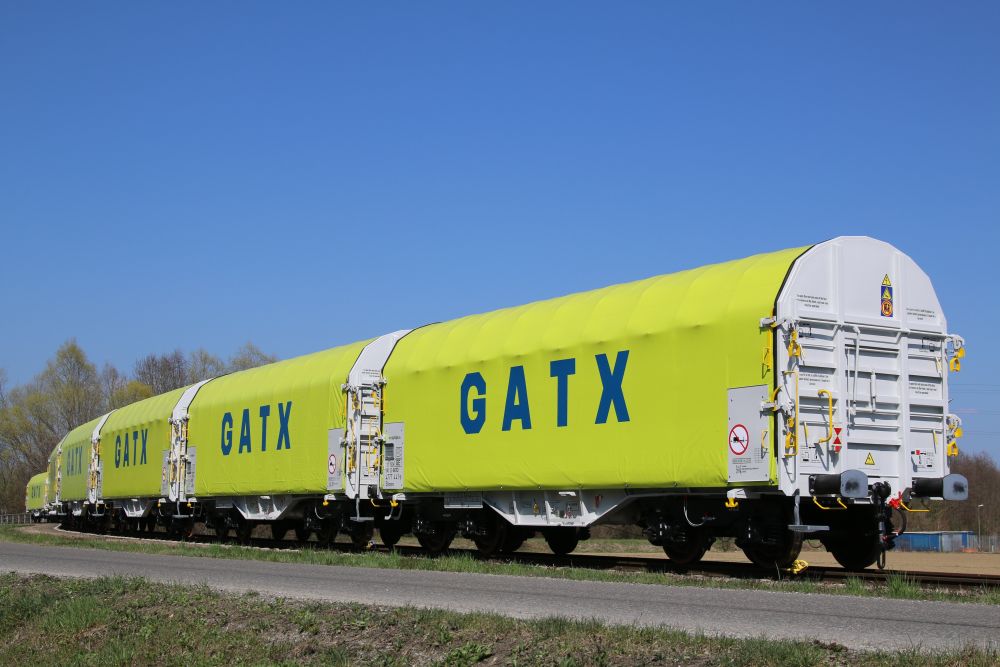
Please tell us more about GATX's business plans and strategy for upcoming years?
Growth. Safety. Quality. Sustainability. Innovation, to make railcar leasing easier.
Are there any synergies with your mother company GATX US?
Of course – we do have a portfolio of international clients that benefit from leasing with us in the US and in Europe. Trifleet, our sister company is one of the leading tank lessors and we cooperate with them for intermodal LNG transport solutions and beyond.
GATX Corporation is celebrating 125 years of excellence this year. It is a blessing to have such a strong and stable mother company which makes us a strong and stable partner for railcar leasing in Europe.
